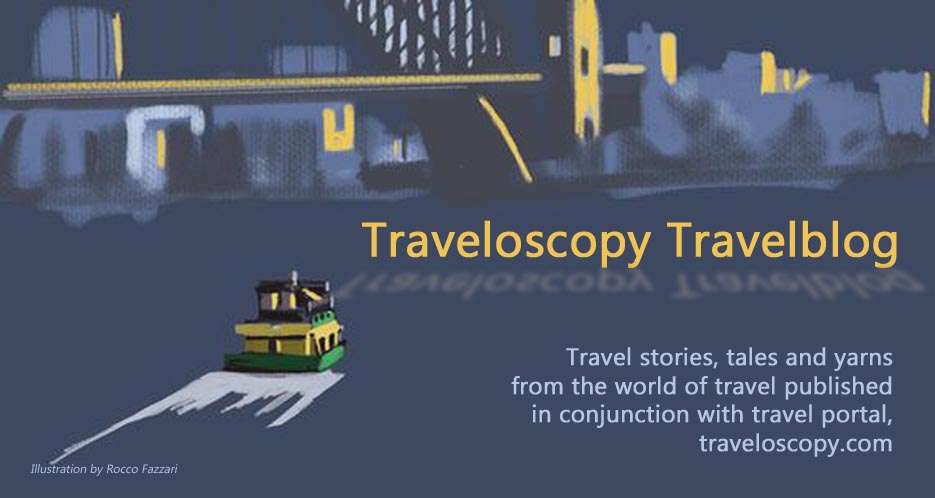WEALTHY AMERICAN RATTLES UK'S HIGH SOCIETY
David Ellis
AMERICA'S then-wealthiest man, William Waldorf Astor had England's high society in an absolute tizz back in 1893 when he had the audacity to buy his way into their ranks by paying US$1.25m for the Duke of Westminster's grand Cliveden House on the River Thames in Buckinghamshire.
And even Queen Victoria announced she "was astonished," when Astor then went on to snap-up Hever Castle in Kent a little way away from his Cliveden digs.
But what really had society's madams rushing for their smelling salts was Astor's successful application to become a British citizen, being made a Baron in 1916, and then anointed with the grander moniker Viscount Astor a year later.
Such "astonishment," however, was nothing compared with what was to eventuate at Cliveden House years later in 1961, when a society weekend there would erupt into one of Britain's greatest sex scandals, the exposé of a Russian spy, a society suicide, the downfall of one of the country's most senior Cabinet Ministers – and ultimately the fall of the government itself.
Cliveden House has seldom been out of the public eye since the first "house" was built on its 150ha (375 acres) at Taplow in 1666 by the 2nd Duke of Buckingham, ostensibly as a hunting lodge for he and his pals, but in truth a bolt-hole for escapes with his mistress. That first house burned down in 1795, its replacement fell to a similar fate in 1849, and today's Cliveden House of much more extraordinarily grandiose proportions built in 1852.
William Waldorf Astor was a successful New York attorney who'd inherited huge family wealth, investing some of this into a hotel he called The Waldorf, and which he merged with The Astoria Hotel next door – built by a cousin – to become The Waldorf Astoria.
After a bitter family dispute, Astor moved with his wife Mary and family to England, buying and living in Cliveden House until Mary's premature death in 1906; devastated, Astor gave Cliveden to his son Waldorf as a wedding present, and moved into Hever Castle.
But he continued the work that he and Mary had begun on behalf of charities ranging from cancer research to children's welfare, the Red Cross, war-widow's families, and a dozen others, and it was for this that he was made a Baron in 1916 and Viscount Astor the next year.
The young Waldorf and wife Nancy, meanwhile, lost no time in jumping on the society roundabout, inviting politicians, writers, film stars and other celebrities to join them for weekends at Cliveden House, including Winston Churchill, Harold Macmillan, Mahatma Gandhi, F.D. Roosevelt, Joseph Kennedy, T.E. Lawrence, Charlie Chaplin, Rudyard Kipling and aviatrix Amy Johnson.
Like his parents Waldorf Astor gave generously, including building a temporary military hospital in Cliveden's grounds in WWI and another during WWII. And in 1942 they donated Cliveden House to the British National Trust with the proviso they could live there as long as they wished… giving the Trust 250,000 English pounds (around AU$16m today) for its perpetual upkeep.
And for a summer's weekend party in July 1961 they included amongst others Britain's then Minister of War, John Profumo and his glamorous actress wife Valerie Hobson, Lord Mountbatten of Burma, and the President of Pakistan.
Also invited to stay in the property's separate Spring Cottage was London society osteopath, Stephen Ward who took several chums along including fun-loving girlfriend, 19-year old Christine Keeler and a Russian Naval Attache, Captain Yevgeny Ivanov. On the first evening, Profumo bumped into Christine Keeler at the House pool – within days they were lovers.
Profumo realising the danger soon broke it off… but the Opposition learned of it, asked a question of the relationship in Parliament, which Profumo denied, and to his horror the spurned Keeler then sold her story to a London newspaper.
Even worse she said she'd been sleeping at the same time as Profumo with the Russian Attache Ivanov – whom MI5 revealed was a Soviet spy. Profumo confessed he had lied to the House of Commons and resigned.
And when the osteopath Stephen Ward was charged with living off girlfriend Keeler's immoral earnings, Ward committed suicide.
Today Cliveden House is a country house hotel of extraordinary Italianate grandeur, its gardens listed National Trust Category 1; for details www.clivedenhouse.co.uk
…………………..
PHOTO CAPTIONS:
[1] A PLACE in the country, Cliveden House has played host to political leaders, high society, philanthropists, spies and sex scandals.
[2] THE House's Spring Cottage, where the infamous Profumo-Keeler affair had its beginnings in 1961,
[3] FAMOUS faces: aviatrix Amy Johnson, Charlie Chaplin, Nancy Astor and George Bernard-Shaw at Cliveden House.
[4] AMERICAN William Waldorf Astor: had UK's society madams in a tizz when he bought Cliveden House and Hever Castle, and became a British citizen.
[5] CHRISTINE Keeler in a famous pose after boasting of double-dating Britain's War Minister and a Soviet spy.
[6] THE grandiose French Dining Room at Cliveden House, now a country hotel of extraordinary grandeur.
[7] THE Mountbatten Suite at Cliveden House, named after one of its famous guests.
[8] I'M GETTING married – and where better than Cliveden House?
(Photos courtesy Cliveden House)































